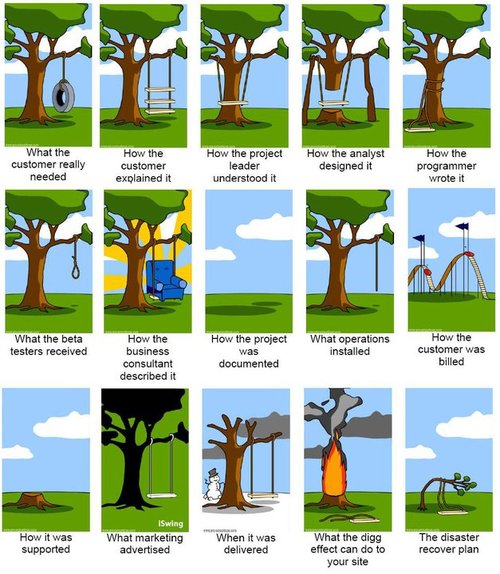 Blogs. They are everywhere, and their numbers are growing by the hour. Lots of companies are being encouraged to blog as a way to market themselves and reach candidates, but it’s a sad fact that most corporate blogs are terrible (84%, in fact). They are filled with press releases and other one-way communications that are not helpful in building a community or encouraging conversation. Let’s remedy that.
Blogs. They are everywhere, and their numbers are growing by the hour. Lots of companies are being encouraged to blog as a way to market themselves and reach candidates, but it’s a sad fact that most corporate blogs are terrible (84%, in fact). They are filled with press releases and other one-way communications that are not helpful in building a community or encouraging conversation. Let’s remedy that.
I’ve been meaning to write this post for a long, long time now. While I haven’t had the opportunity (yet) to write a corporate blog, I have been writing this blog for over a year and a half. In the past 15 months, I’ve also been writing my SHRM chapter’s blog as well. I’m by no means an expert, but I’ve learned a lot and made enough mistakes to see what works and what doesn’t.
It’s all about authenticity and value
If it reads like a press release, people won’t be interested. Press releases have their own place, but it’s not in a blog. Content from a press release can be used in a blogging context, but it needs to be as a sidebar or commentary item, not the main fare.
So, if you’re not just spouting PR stuff from the blog, what do you talk about? Two of my favorite corporate blogs are by MailChimp and EventBrite. I’m not a full time email manager or event planner, but I still subscribe to both of these blogs and read them religiously. Why? They provide a great mix of customer-focused  “how to” posts, comments on their industry in general, and information about new features (plus how they impact you as a customer). Much of what they post is written to educate readers and encourage conversation.
The main thing: It’s great content that helps every reader, whether they are customers or not.
The root problem
Just like with this huge social media blocking craze we’re seeing these days, companies are hesitant to put their trust in their people. You know, those same people who can go to their homes, the local bar, or a child’s sporting event and talk about the company’s horrible, evil ways in public. But you’re going to block them at work. Doesn’t make sense!
Empower your people to have a real voice and let them make things happen. The more you water down the opinions and strip away the humanity in your corporate blog, the worse off it will be.
Like I said, they can already wreck your company publicly at any time they choose. Giving them a social media platform to share from doesn’t change that fact.
The mechanics
Blogging has a lot of pieces to it, but it’s possible to focus on just a few areas to make sure you are hitting the high points.
- Writing the right types of posts to get links/comments
- Interlinking and other SEO tips to get more views
- Creating an editorial calendar
- Building sneeze and squeeze pages
- And plenty more!
One of the best tools I’ve found to help you learn to cover each of those pieces and integrate them into a powerful blog is the 31 Days to Build a Better Blog workbook. If you really want to get your corporate blog going and make it shine, then I highly encourage you to check out the book. I just found out that if you use “november25” as your discount code at checkout, you’ll get 25% off the price, but it’s only good through the end of November. Click here to learn more.
Growing awareness and engagement
In his book Culture Convo, Chris Ferdinandi makes this great point about how to grow awareness and engagement among your audience:
Whether you\’re looking to increase the number of people who read your blog, follow you on Twitter, or are your fans on Facebook, the strategy is always the same.Have conversations worth listening to.Being an interesting conversationalist – creating fun posts, photos and videos, sharing interesting news and useful insights – is the only way to have long-term success using social media. It\’s really that simple.That doesn\’t mean that it\’s always easy. Figuring out what your target audience is interested in can take some time. But there\’s no magic formula to growing your awareness and engagement.If you\’re a good conversationalist, then your circle of conversation will grow slowly and organically (and exponentially!) over time.
Final thoughts
If your corporate blog sucks (and it looks like about 84% of them do), it doesn’t have to be terminal. Most of the time the situation is not irreparable. Connect with people. Help them. Interact. Learn. And stop shoving press releases down our throats. It’s not working.
Anyone else have a good corporate blog they’d like to plug? Drop it in the comments below.






